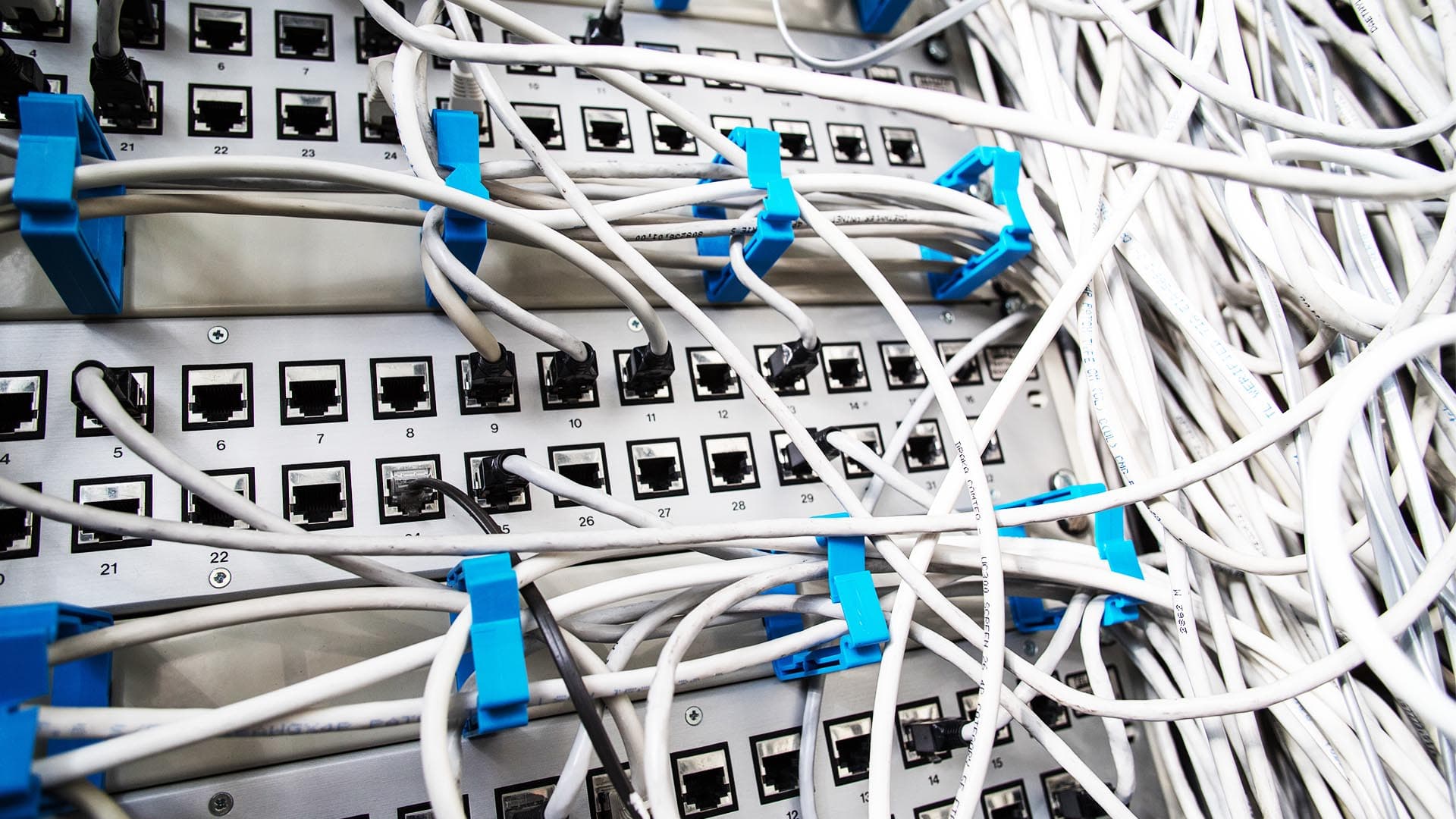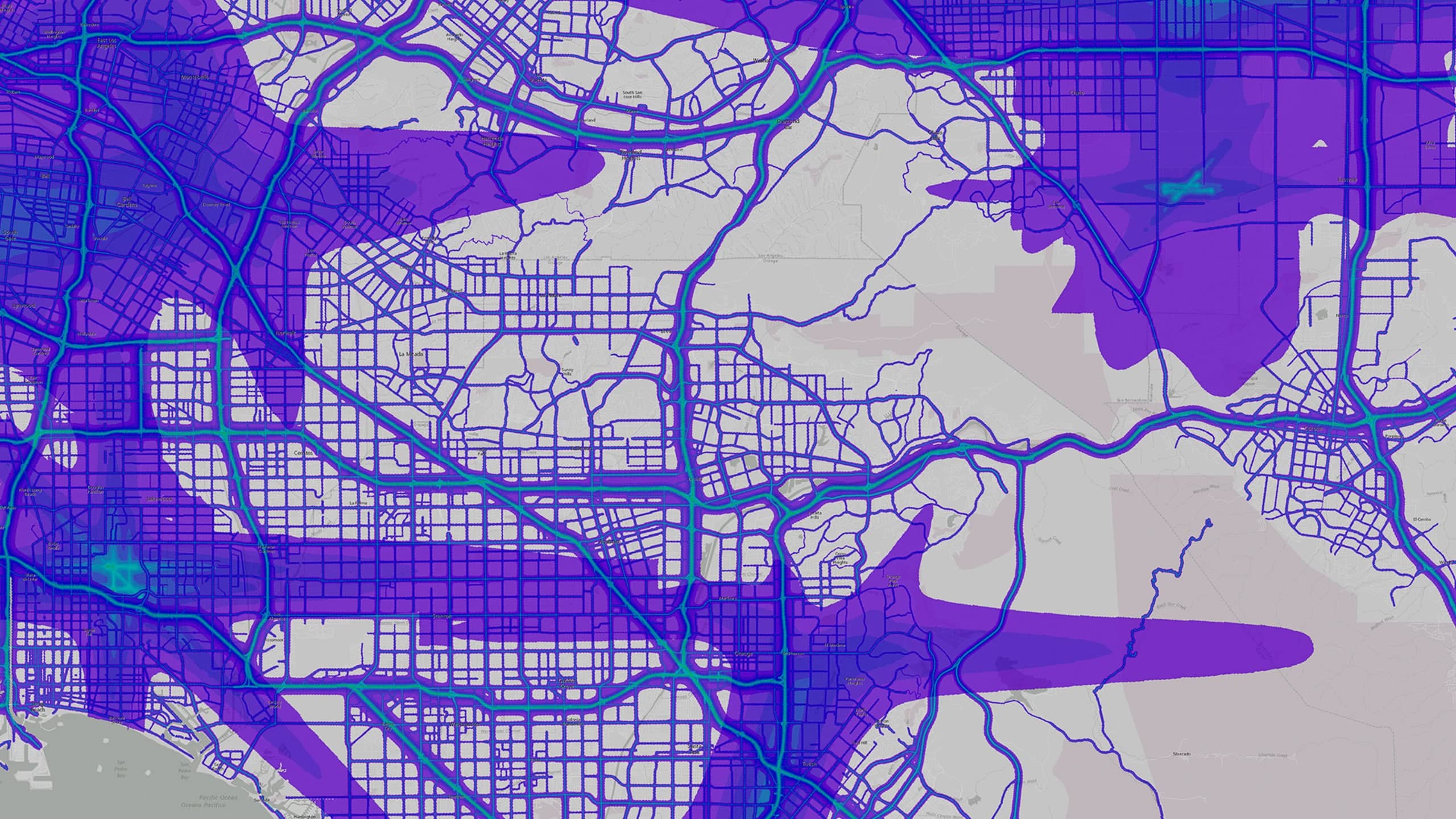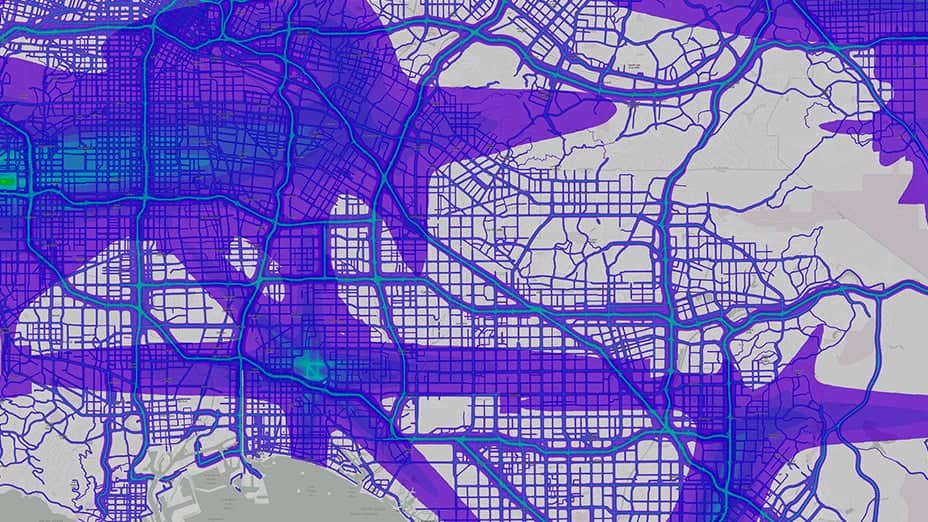Tucked away in a recent Vodafone report on digital transformation is this unexpected finding: 41 percent of UK executives worry that IoT technology is too complicated for their business, and 36 percent don’t understand the Internet of Things.
The findings serve as a useful reminder that the lifespan of buzzwords can be shorter than the adoption curve of the technologies they describe.
While IoT remains relevant, marketing cycles have moved on to artificial intelligence, geoblockchain, and other emerging trends. The tacit message is that IoT has already become a foundational business technology—and for some companies, it has. But as the Vodafone survey reveals, a significant number of businesses feel intimidated or left behind by the promise of IoT.
An Optimistic Thought
The Vodafone survey starts out cheerily enough. The telecom giant interviewed 2,000 companies in the United Kingdom and found that nearly two-thirds (64 percent) believe that IoT will better their operations. Sixty-seven percent are already using IoT technology or plan to within the next two years.
Respondents held roles in strategy or technology planning and hailed from a diverse group of companies, ranging from small businesses to large enterprises. Not surprisingly, large enterprises are more likely than their smaller cohorts to expect that IoT will transform their business operations.
The survey didn’t offer details on why 41 percent of business leaders feel hamstrung. But they could be paralyzed by the possibilities. When IoT is lauded for its ability to change everything, as it often is, some business executives might struggle to identify the one thing it should change first.
Starting with a Win
In a 2016 article in the MIT Sloan Management Review, a pair of Boston College professors offered guidance to executives unsure of where to begin with IoT. Start small, the professors advised. Identify a business question that has gone unanswered due to a lack of data, and consider whether IoT technology might deliver that data. They also advised exploring other options before deploying IoT technology. If a problem can’t be solved any other way, it might be a perfect pilot project for IoT.
In a 2017 WhereNext Think Tank, Esri’s Kevin Bolger discussed how businesses can get started with IoT. He offered the example of a food manufacturer that created an IoT pilot project for the supply chain:
We tend to think of the Internet of Things as a network of sensors, but you can also think of it as the bar code on [a] clamshell package that holds produce. That creates visibility not just of a shipment but down to an individual SKU. So IoT data can give a company fine-grain tracking and understanding of its assets. That also pays dividends when it comes to reverse logistics. If specific products need to be recalled, a company that knows the product’s origins down to the SKU level can perform more selective recalls and avoid waste.
The Thrill of Discovery
One characteristic of the most successful IoT projects is their use of location data. In the Think Tank discussion, Bolger noted how private companies—among them insurers and retailers—are getting smarter about using publicly available, location-specific IoT information.
For example, when Hurricane Harvey hit the Houston area, businesses used publicly available, real-time IoT data to understand where the storm was moving; what impact it was having on rivers and creeks; and how best to safeguard employees, customers, and facilities. In Bolger’s words:
We’ve got this ecosystem now of people, organizations, and businesses, both private and public, that are creating and sharing [IoT] information. Organizations are leveraging that across multiple business functions to provide the right services, the right decisions, and the right value.
Whether the IoT data comes from public sources or from a company’s own deployment, it often helps answer the questions that keep executives up at night. For the 41 percent of decision-makers who worry that IoT is too complicated for their business, the expert opinion seems to be this: start small, but start now.
Learn how industry leaders have used IoT to their advantage in this e-book.











